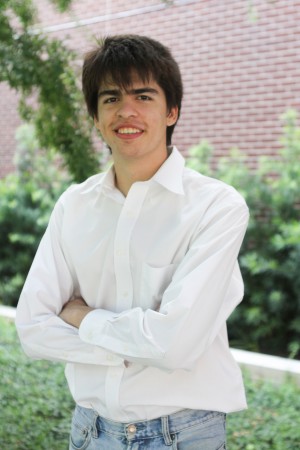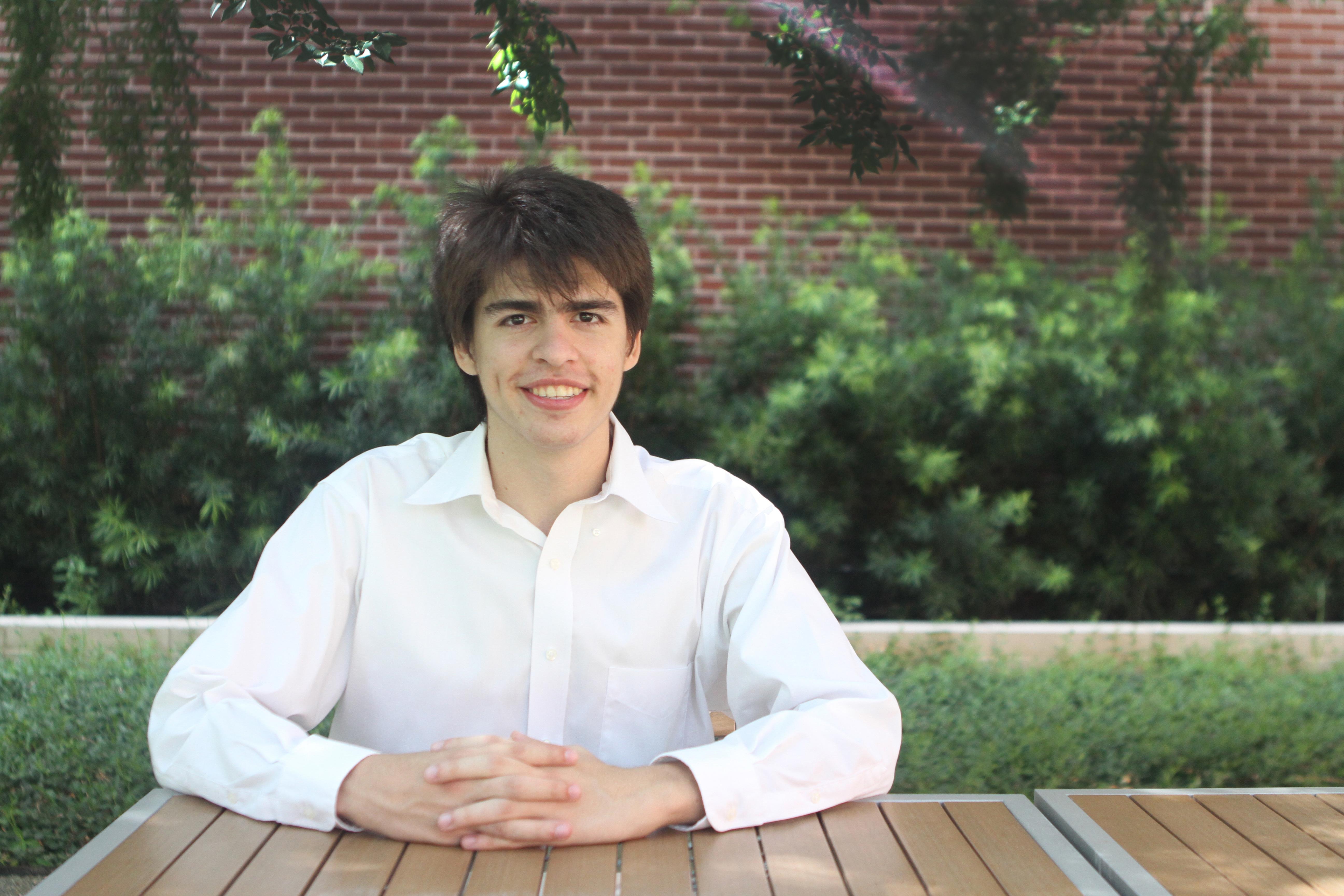
By Sergio Legorreta
Reporter
We should support secular public schools, just as Rufus C. Burleson, the second president of Baylor, did almost 100 years ago.
The reasons public education is important remain largely the same as those presented in a 1915 Baylor homecoming speech titled “Baylor People in Public Education.” The speech states that our country’s citizens are able to become independent, intellectual thinkers without fear of being proselytized through secular public education. Through this education, we are able to make educated decisions not based on superstition, and importantly, education is beneficial to us all, without costing us our freedom.
As the speech states, “All true Baylor people and patriotic American citizens … demand that no religious denomination in Texas shall ever receive State aid for its schools, it matters not what its pretenses … Baylor people demand that all creeds shall be equally free and equally protected in their right to build their own schools … but for that common good all shall help support the State schools.”
President Burleson was one of the staunchest supporters of secular public education. Without pay, he traveled and lectured in 116 Texas counties, urging citizens to unite behind public education. He wrote to every mayor in Texas for this same reason, and he organized the Texas State Teachers Association, whose mission was to strengthen public education. He did all this and more while also using his personal finances and time to further build Baylor University. Another Baylor president, Samuel Palmer Brooks, was also in favor of public education and was an active member of the Texas State Teachers Association.
But secular public education has come under attack in recent years. Various articles earlier this year, from the Huffington Post to Slate, show that public schools in Texas are teaching a particular brand of Christianity as science.
Some students are learning that the Bible provides scientific evidence that the Earth is 6,000 years old. In 2007, the Texas Legislature passed a law setting guidelines for public schools in teaching Bible courses.
While the Bible was meant to be analyzed as literature–not scripture–in the courses, the guidelines in the law have not always been followed. A 2013 report titled “Reading, Writing & Religion II: Texas Public School Bible Courses in 2011-12” documents the widespread failure to follow proper protocol. In many of the Bible courses, teachers lacked the proper required training. The courses reflected the teacher’s personal religious views, often a conservative Protestant, and were at times anti-Semitic, pseudoscientific and even racist, with many teachers claiming the Bible is literally true.
A problem beyond the fact that this goes against the foundation of secular public schooling is that many of these religious claims are being presented as science or truth, when they go against scientific consensus. The National Center for Science Education sums this up concisely:
“The purpose is not to change the students’ religious views. I cannot stress this too clearly: public schools must be religiously neutral. It is unconstitutional to promote or denigrate religion in the public schools – although it is legal to teach about religion…It would be unethical as well as illegal to tell students that any particular position on the continuum is religiously superior to another. However, it is not unethical nor illegal to distinguish between fact claims made by holders of certain views on the [creation/evolution] continuum (such as Young-Earth Creationist views of a 6,000 year old Earth) and the standard scientific consensus on such views (in this case, that the Earth is billions of years old).”
Creationism came to a head with science in February’s debate between creationist Ken Ham and educator Bill Nye “the Science Guy.” Nye warned about the dangers of teaching pseudoscience in the classroom and how it can affect our nation’s future. Two moments were particularly telling in how we should analyze the two camps.
For one, Nye showed that creationism is at odds with science such as geology and biology, science with predictive power that has allowed us to create much of the modern technology we enjoy today. Perhaps more importantly, both Nye and Ham were asked what it would take to change their mind about their current stance. Nye said “evidence.” Ham said “nothing.”
Creationism, as a set of religious beliefs, has room to be taught at any religious institution, and we are free as citizens to create these institutions and to speak to others about our beliefs in our lives. The issue is that creationism is definitely based in religion and is not scientific, and thus should not be taught in public schools, and it should definitely not be taught in science classrooms.
Attacks on secular, public education do not seem to be going away. As recently as late September, a history teacher in Arlington posted a picture of Jesus in the classroom and told his students that carbon dating is wrong and the Bible is the only source of information about ancient civilization.
Each of us should today show the level of commitment our former presidents Burleson and Brooks did for this important issue. We should report incidents of abuse, we should write to our politicians and we should hold our administrators accountable.
When one group tries to establish its religion in public schools, we all suffer. Everyone’s freedom and common good are at stake.
Sergio Legorreta is a senior business journalism major from Kingwood. He is a reporter and regular columnist for the Lariat.






